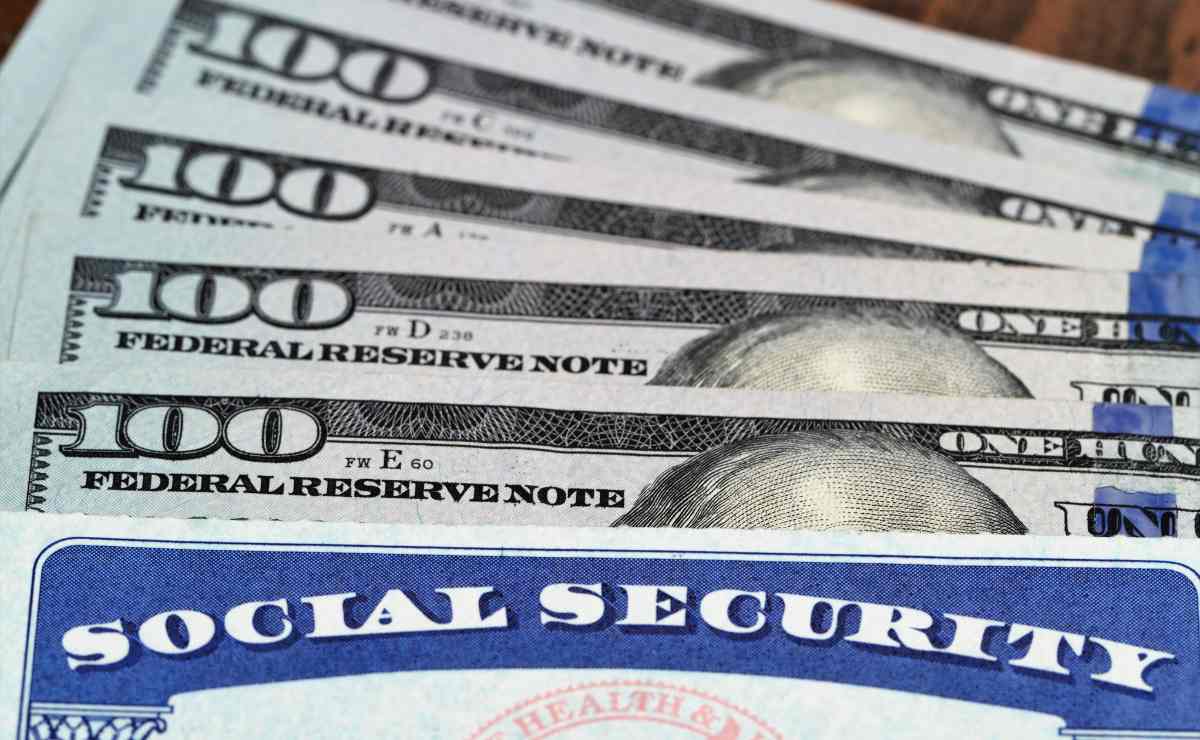Millions of low-income Americans are set to receive increased financial support later this year due to significant changes in Social Security rules. The Social Security Administration (SSA) has updated a legacy rule concerning Supplemental Security Income (SSI), which will enhance access to benefits for those in need.

SSI is a critical program providing monthly checks to approximately 7.5 million seniors, families, and individuals with disabilities or blindness. This income assists with essential expenses such as rent, groceries, clothing, and healthcare. To qualify, applicants must meet low-income and low-resource criteria.
The SSA’s update broadens the definition of a public assistance household for the first time since 1980. This change, effective September 30, will allow more households, including those receiving Supplemental Nutrition Assistance Program (SNAP) benefits, to qualify for SSI. Previously, all household members had to receive public assistance for the household to qualify.
The update is timely, given the current economic challenges with high inflation and interest rates. Pew Research indicates that approximately 42 million people across 22 million households benefit from SNAP. As of early 2023, around 304,000 SSI recipients were considered public assistance households.
The new rule is expected to positively impact 277,000 SSI families, enabling them to receive higher monthly payments. Additionally, 109,000 more individuals are now likely to qualify for SSI. This change will also reduce the paperwork burden for low-income families seeking Social Security benefits.
SSI payments are capped at $943 for individuals and $1,415 for couples. The National Disability Institute’s Lydia Brown views this update as a step in the right direction, addressing long-standing inadequacies in the program.